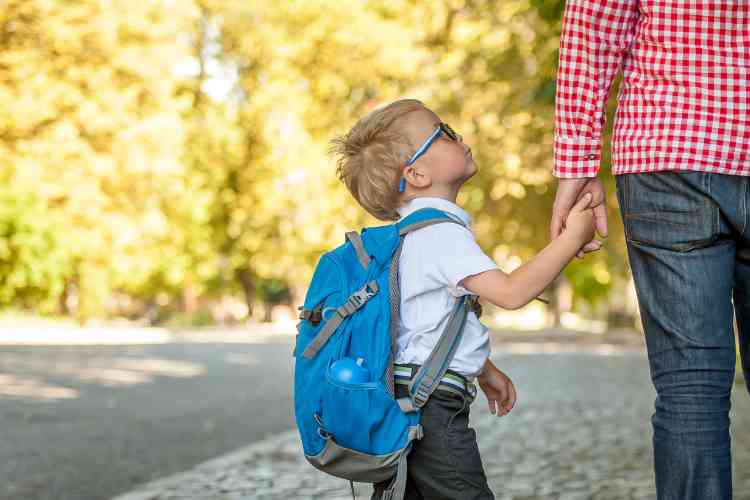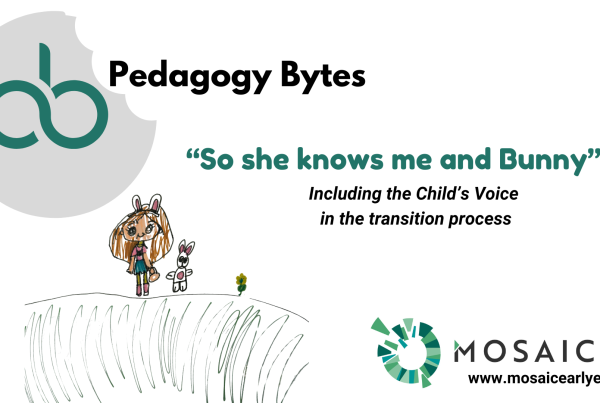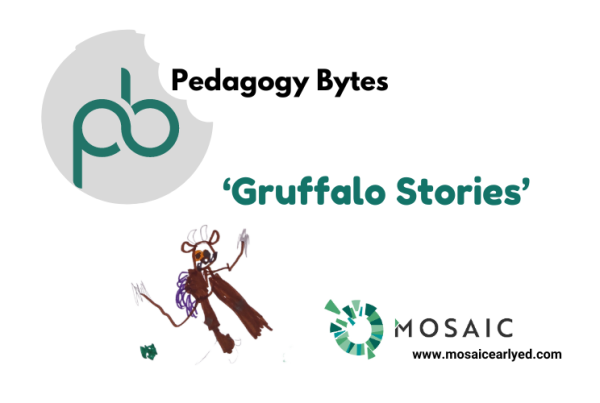As children are welcomed back to early childhood settings after the latest extended closure, this article highlights the huge importance of educators having a clear strategy for transitioning children back into the early learning and care environment.
Many children will get straight back to business as if they had never been away. They may have had a great time, living at home in their family “bubble”. At best, it was a really positive experience and they thrived on having an extended amount of time with parents and family.
We need to remember though, that this will not be the case for all children. Some children will have spent the last year in a dramatically changed home environment – which in a lockdown situation, is their whole world.
They may have experienced the trickle-down impact of parental stress, depression, addiction, or abuse. The lived strain of financial pressure on families who have seen their job or their business disappear overnight may have permeated children’s emotional security. Some will and some have lost loved ones or watched parents grieving. For these children, their world, which is all they know, has changed beyond their control or level of understanding.
Being aware of each child’s “lockdown experience” can help educators to provide children with the care and support needed. Of primary importance, is that connection, communication and relationships are at the heart of the resettling process.
The emphasis should be on allowing children time to reconnect with, and rebuild attachments with adults and peers. Educators need to be physically and emotionally available for children and this needs to take priority over organised activities. A soft, slow transition such as this will allow children to “shift gears” and adapt at their own pace.
It is also equally important that educators’ well-being is considered. Having to settle a lot of children at the same time takes a lot of work, and requires educators to tap into their own emotional energy reserves. A well-being check in process needs to be in place for educators – ‘you cannot pour from an empty cup’.
Some tips for educators include:
• Call and speak with parents to find out as much as possible about their lockdown experience.
• Closely tune-in to the child and recognise what the child’s play and behaviour is telling you.
• Start conversations with children – and listen.
• Maximise opportunities of outdoor play. Again, the educator should take time to stand back and observe what is happening during play.
• Provide plenty of open-ended materials to enable children to create their own reality, make choices and find solutions to their anxieties.
• Establish predictable daily routines, this gives children a sense of security. Use visual timetables; these set out activities throughout the day by using photographs, simple pictures and frequent reminders.
• Allow children to bring an attachment object from home if necessary. This is acceptable so long as objects are washable and not shared.
• Observe children closely. Be aware that stress or anxiety may not be obvious – watch out for the quiet, withdrawn child looking busy but not engaging with others.
• Build in time for calming/rest activities as children may find the adjustment tiring or overwhelming.
• Ensure all staff support children consistently, using the same settling in approach and are fully prepared for this phase.
Parents too have a key role to play. Some preparation tips for parents include:
1. Start discussions about how they are feeling at a relaxed time. No matter how your child feels, let them know that it is completely normal to feel a mixture of emotions and that everyone will feel like this.
2. Provide your child with as much information about their new routine and school day as you can. For younger children, it can be really helpful for them to visualise these changes – so ask your child’s early learning and care service if they can send any pictures to help make things feel more familiar.
3. Reassure your child. Talk with your child about ways they can stay safe at school, such as washing their hands before and after eating, and reassure them that the childcare service or school are putting measures in place to keep them safe.
4. Re-establish a routine. To help them get ready for school, try to gradually get them back into their usual morning and bedtime routines.
5. Give it time. The transition back into school is likely to take some time. Lots of children will experience ups and downs. Try your best to support, reassure and comfort them as they settle into a new routine.
6. Think about positive things for the future. It is important to help children develop hope and excitement for the future. Identifying small things that they can look forward to will help them to realise that the current situation won’t last forever and life will get better.
7. Seek support if you need it. Reach out to your child’s early learning setting or school as soon as you can so that you can make them aware of the challenges you are facing and work together to support your child. If you are concerned about your child’s mental health and you think they need professional support, speak to your GP about the best next step.
For more on this a continuing professional development programme ‘Settling in Softly’ is available on the Meantóir online training platform at www.earlyedcpd.ie
Avril McMonagle is the founder and Lead Consultant with Meantóir Professional Supports for Early Education www.meantoir.ie based in Inis Eoghain.




